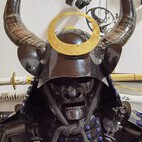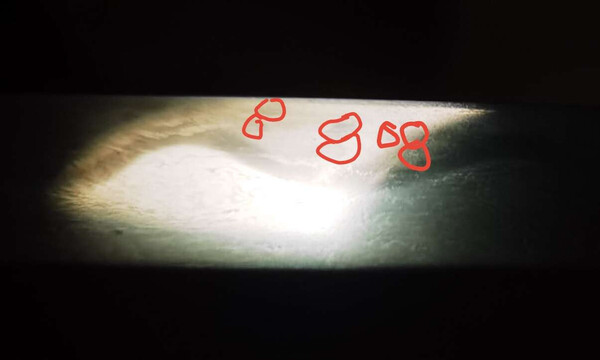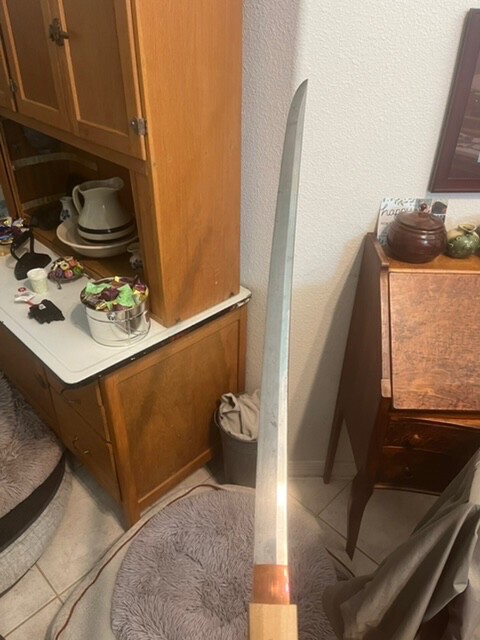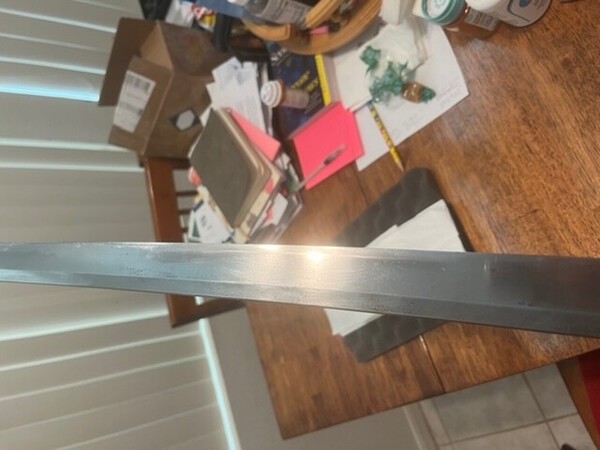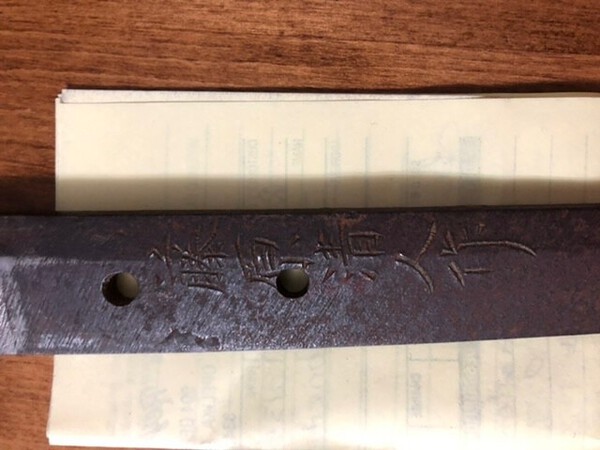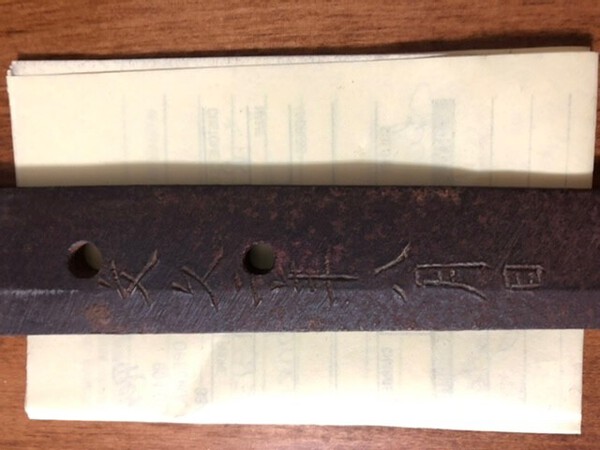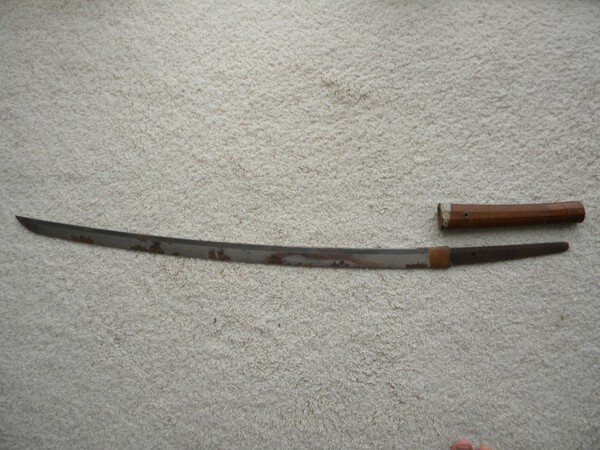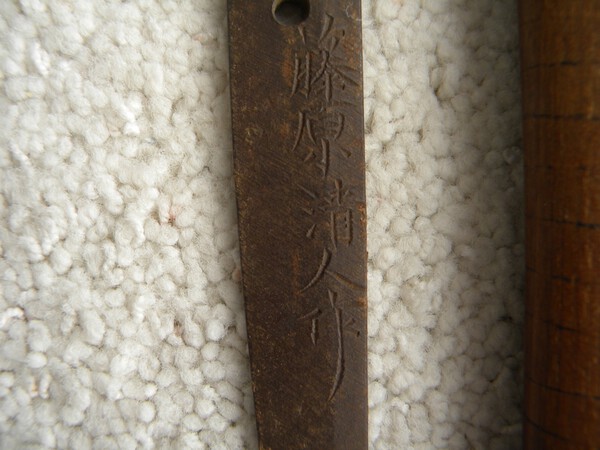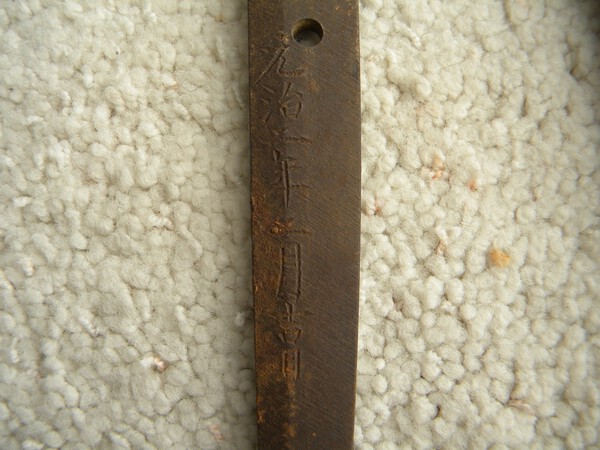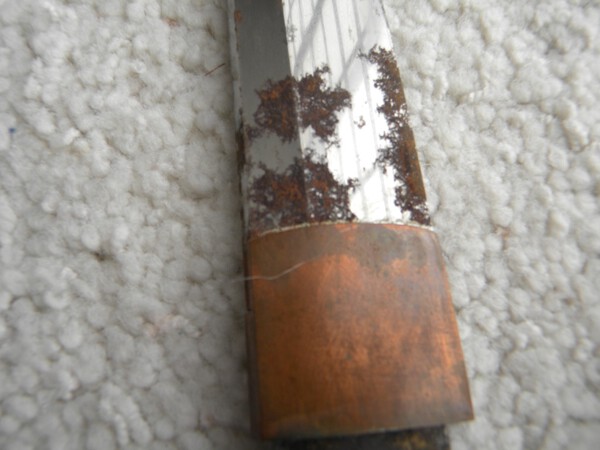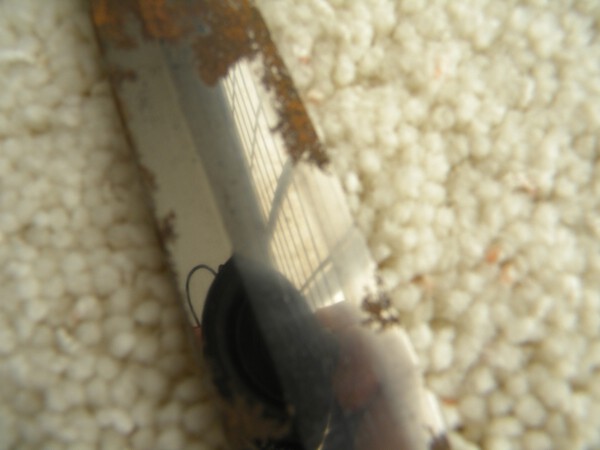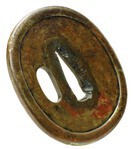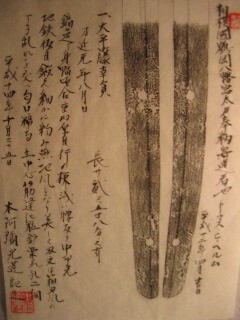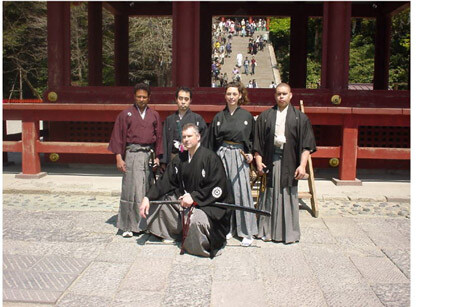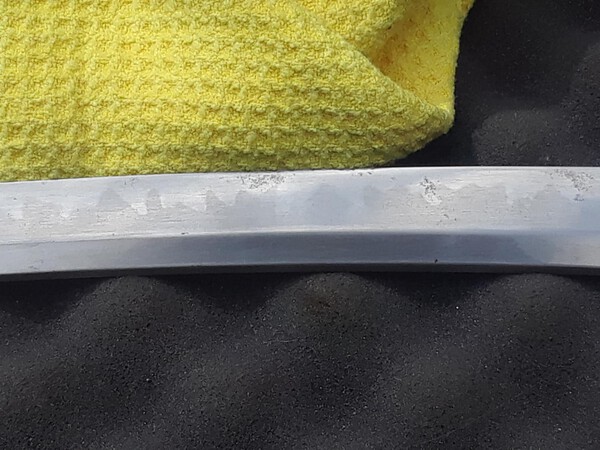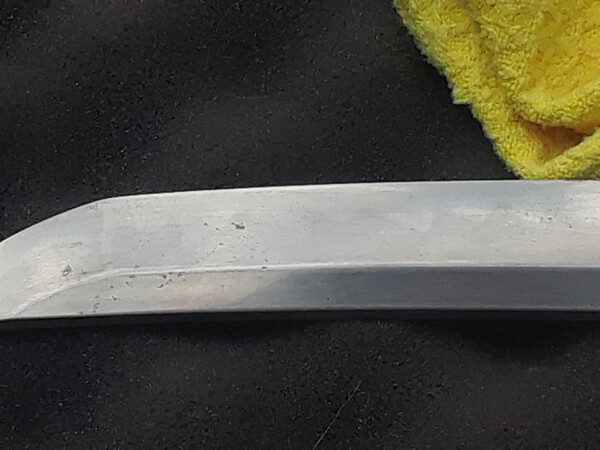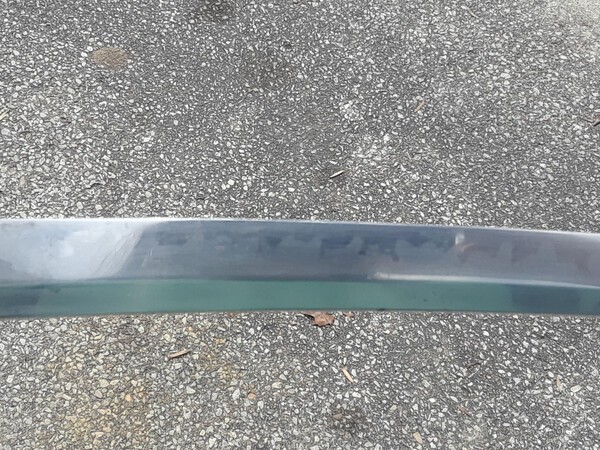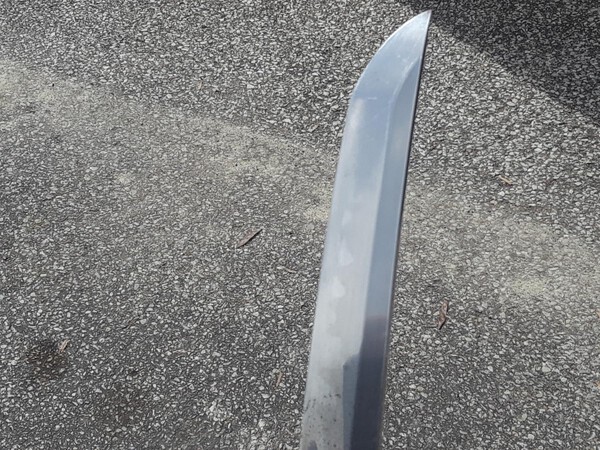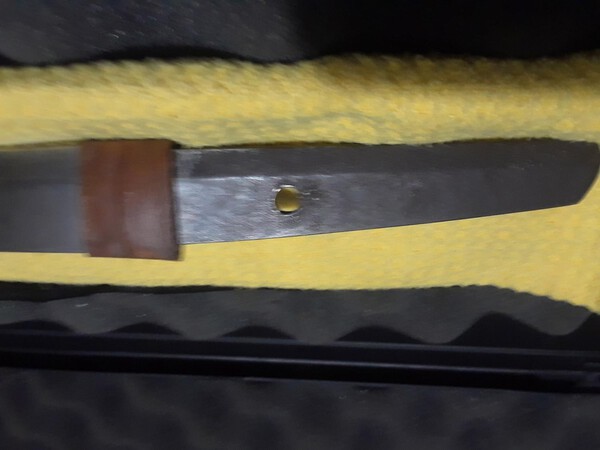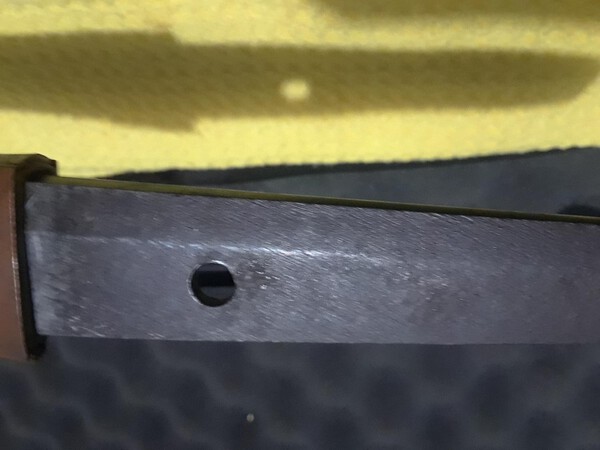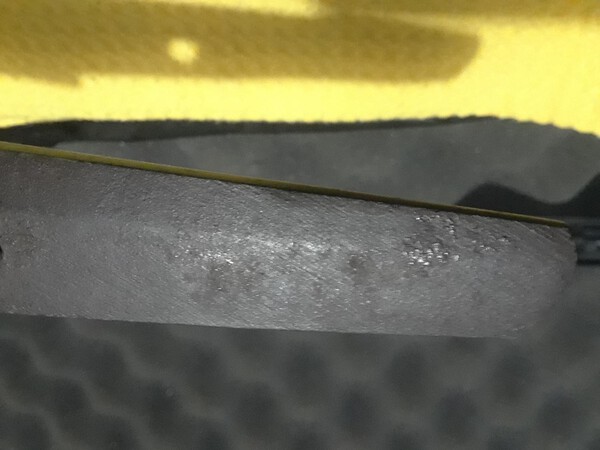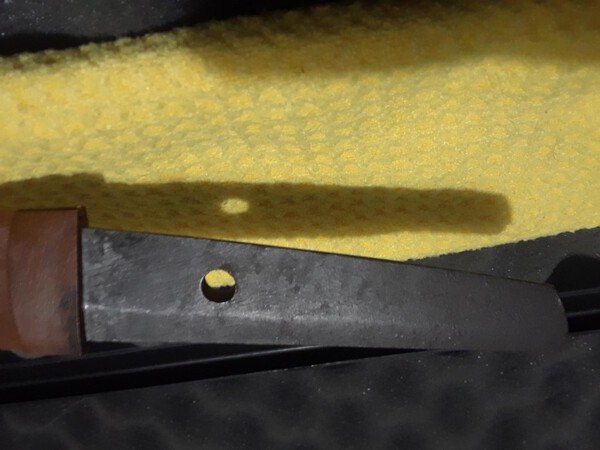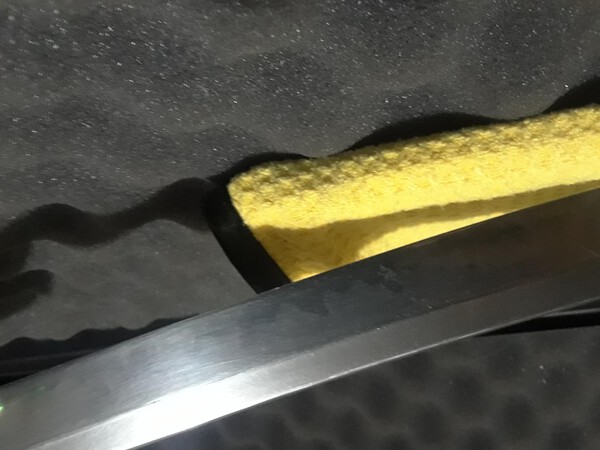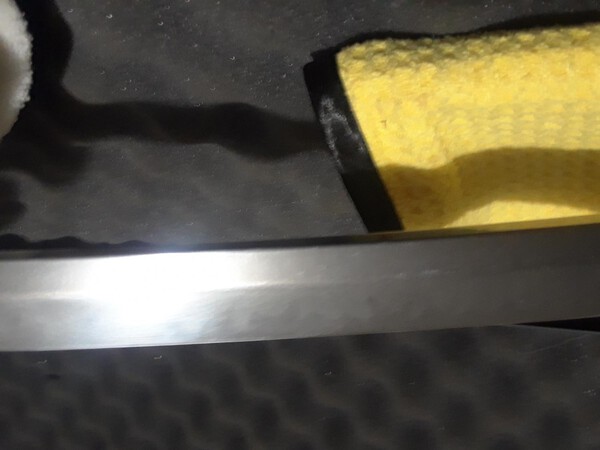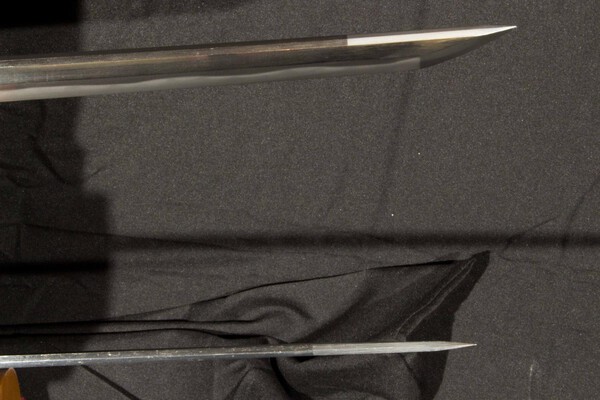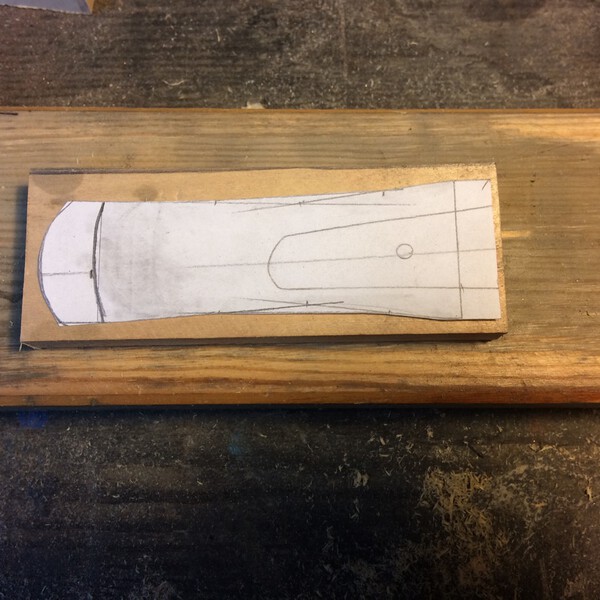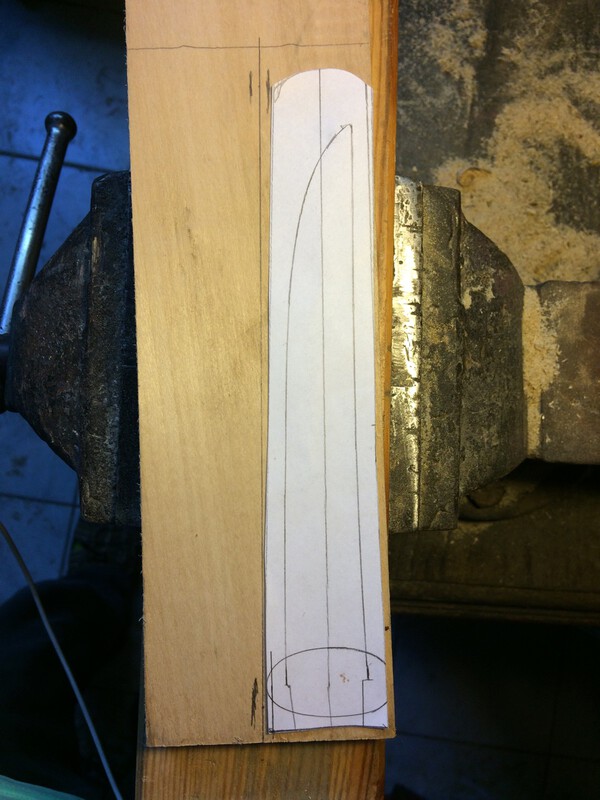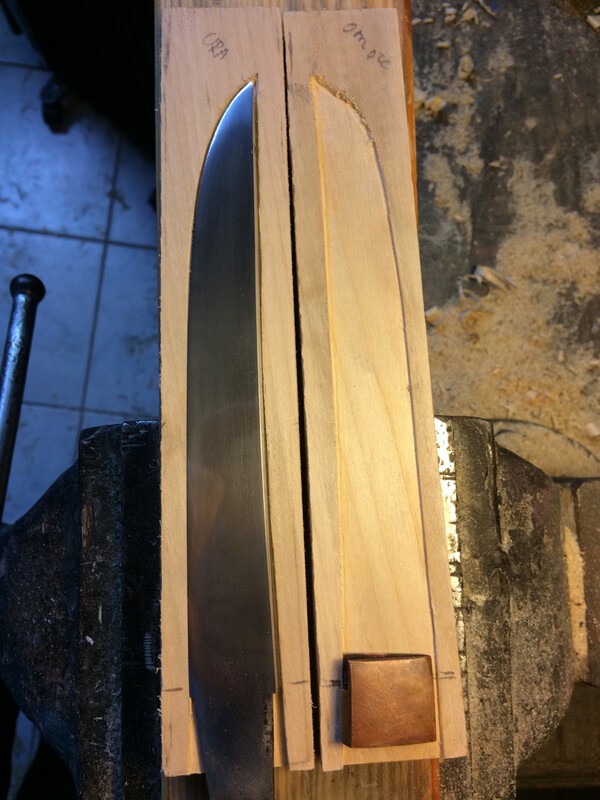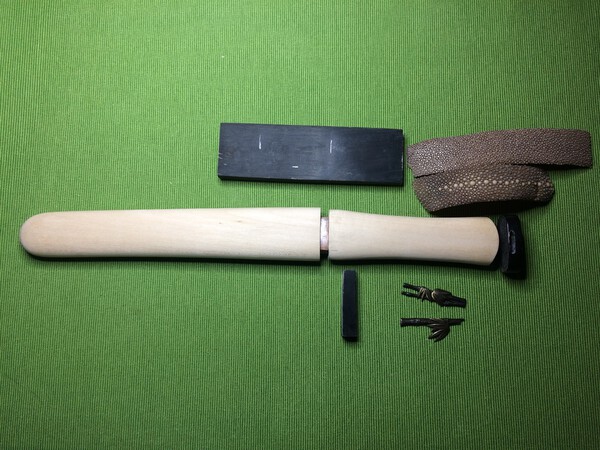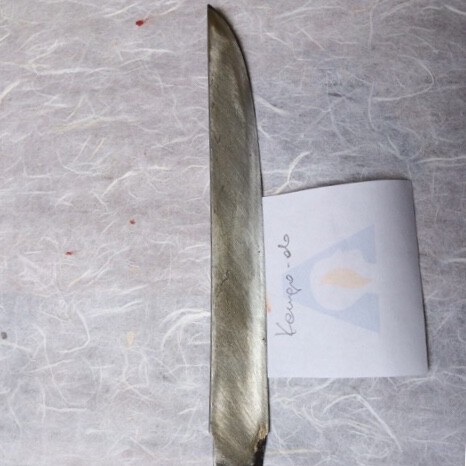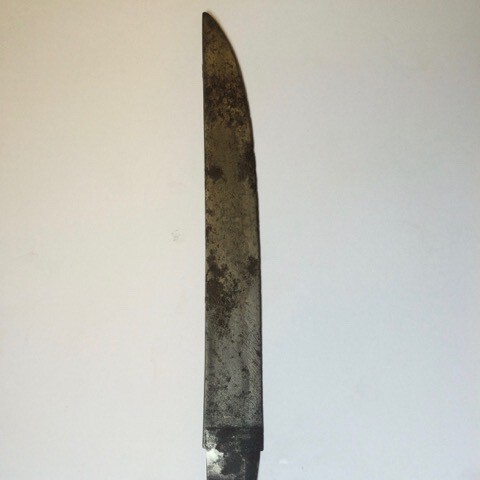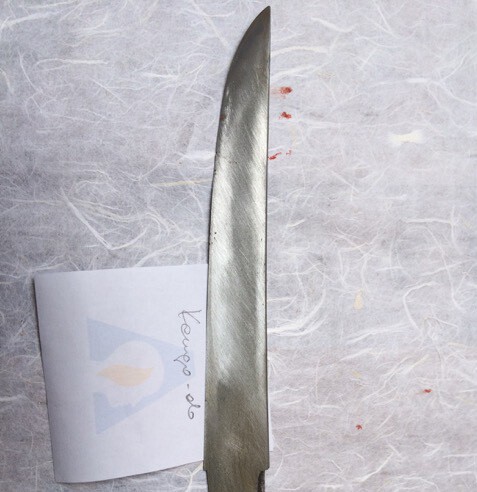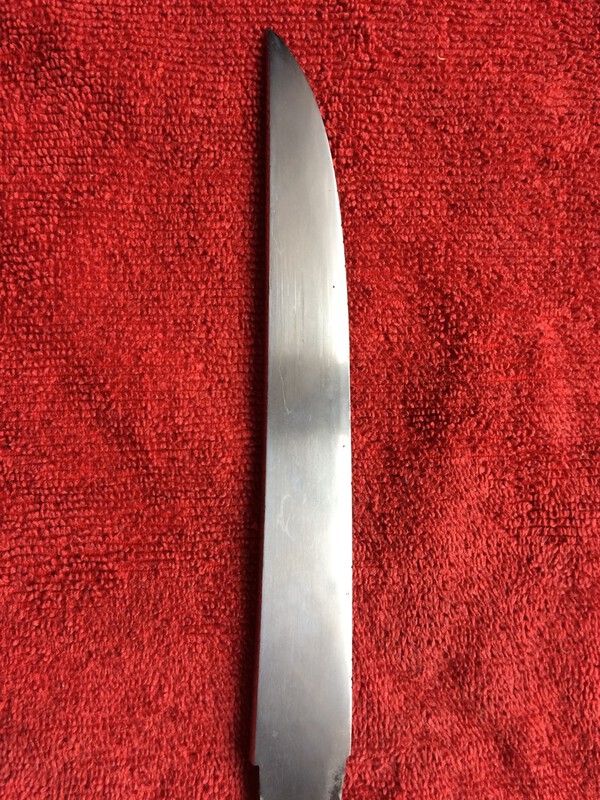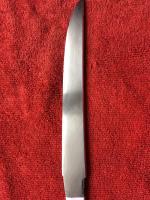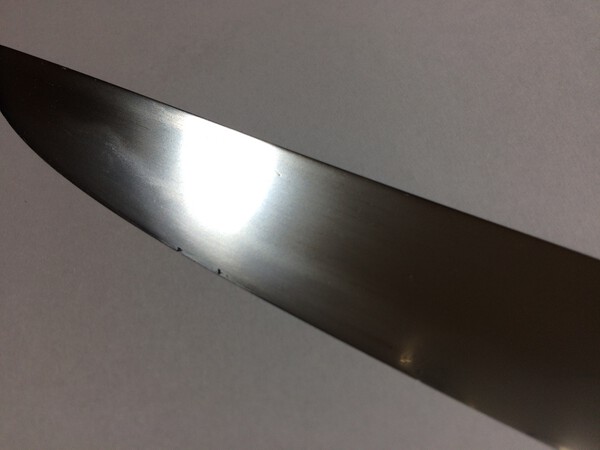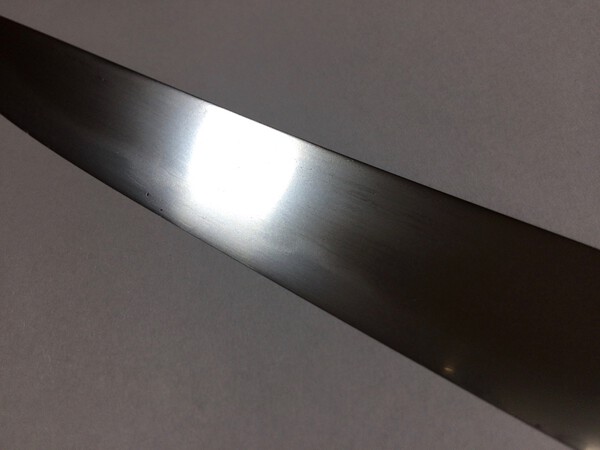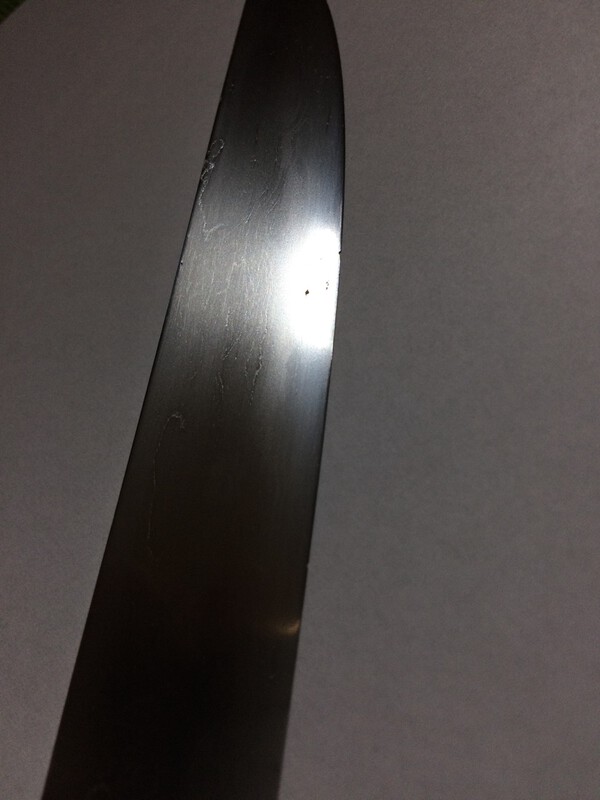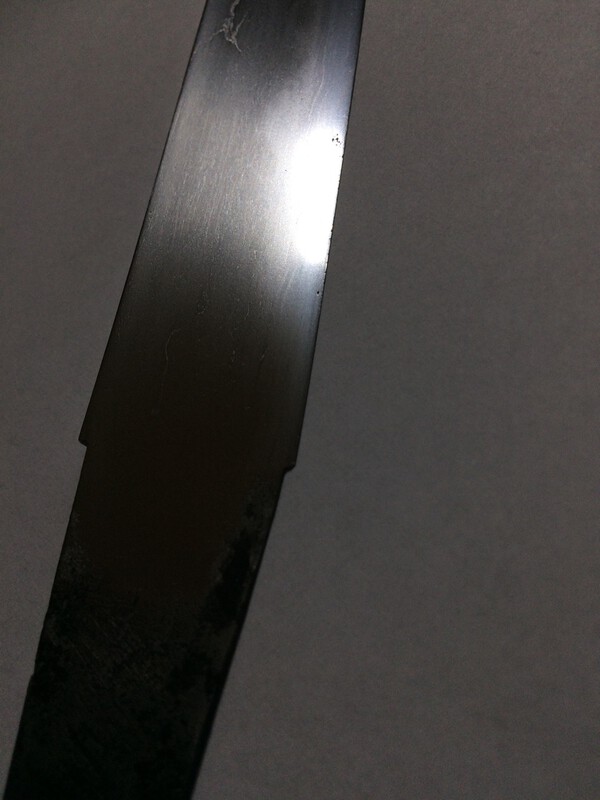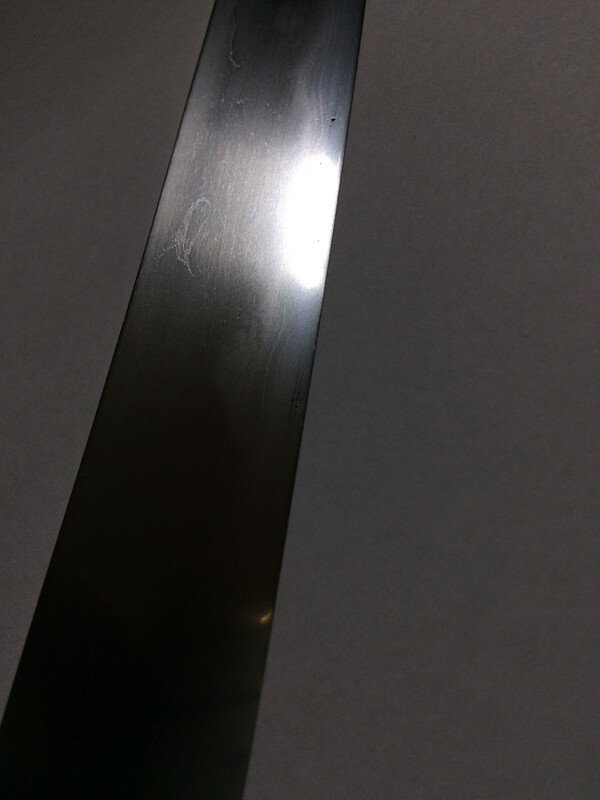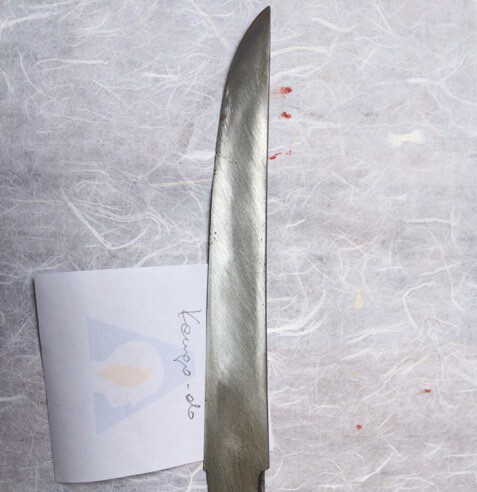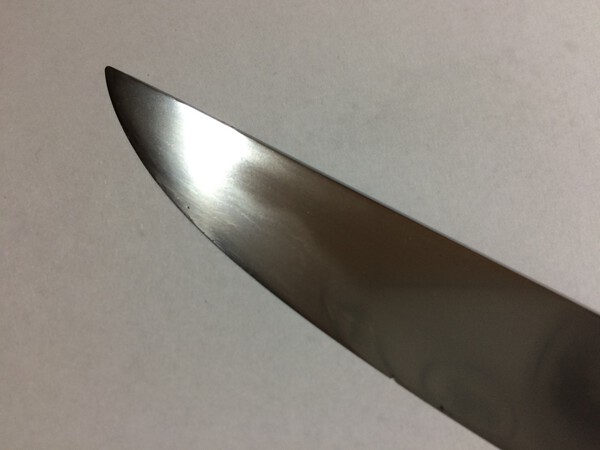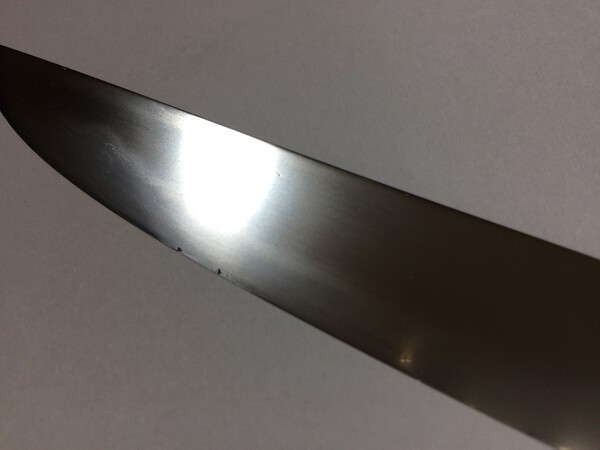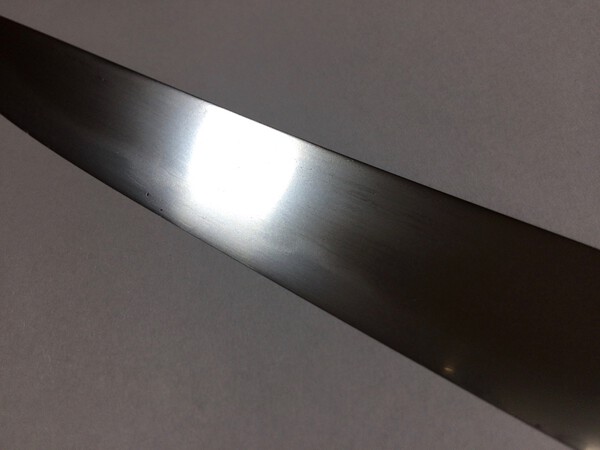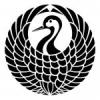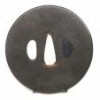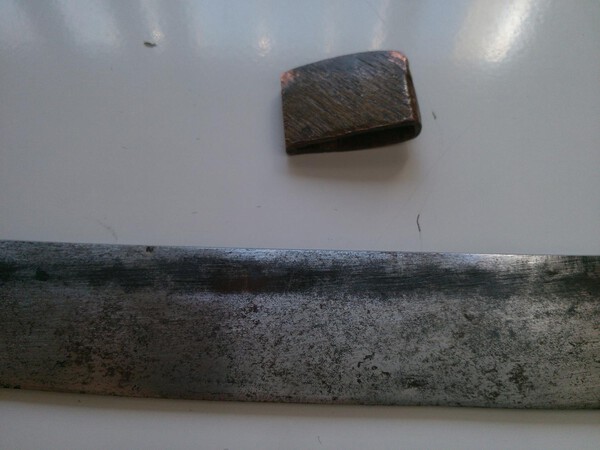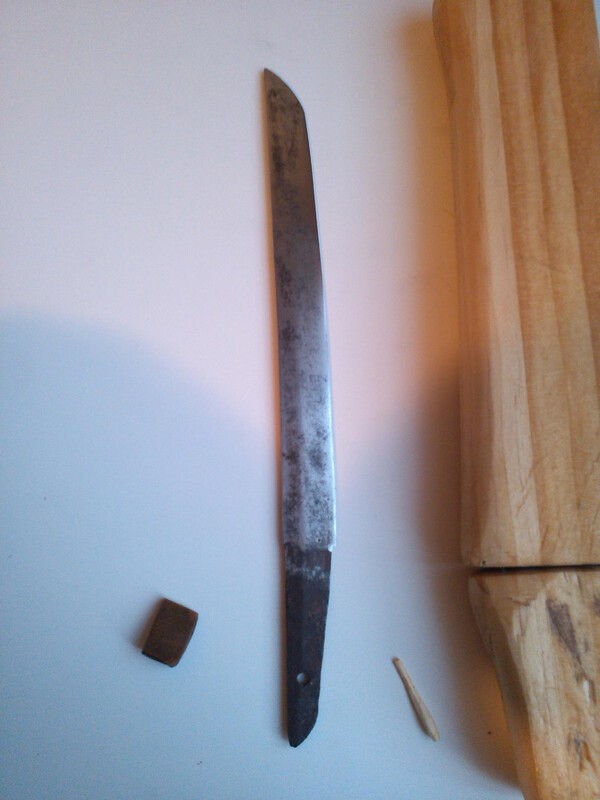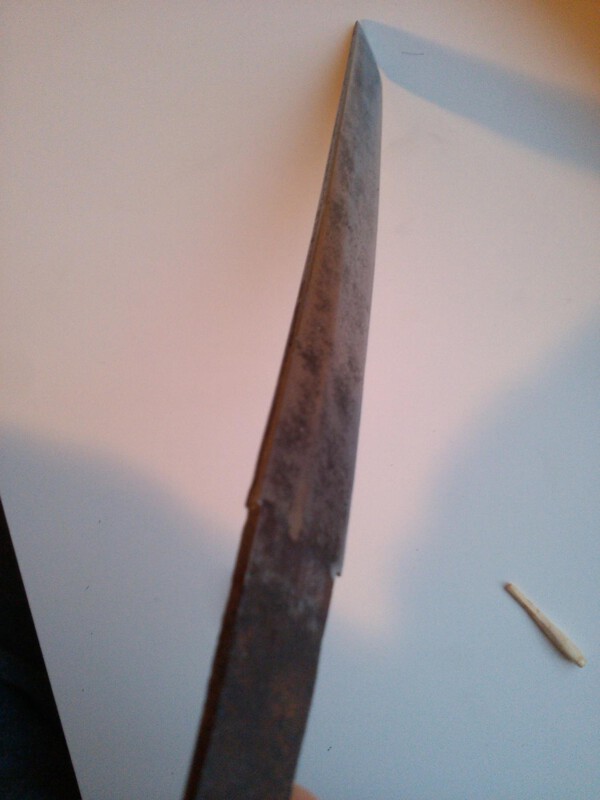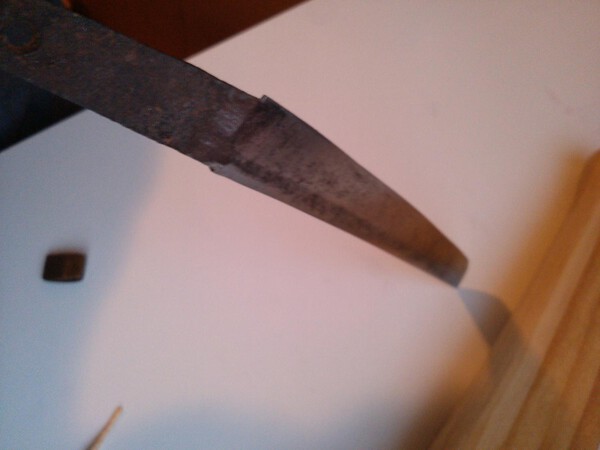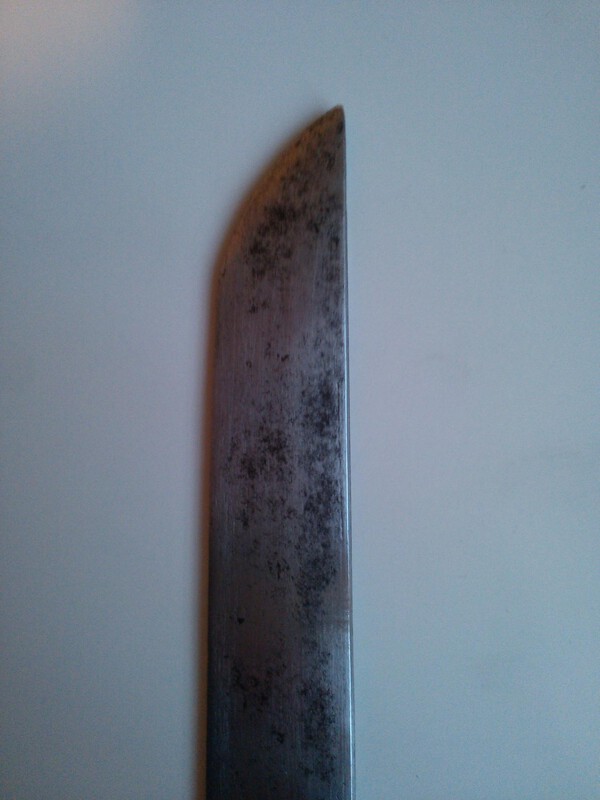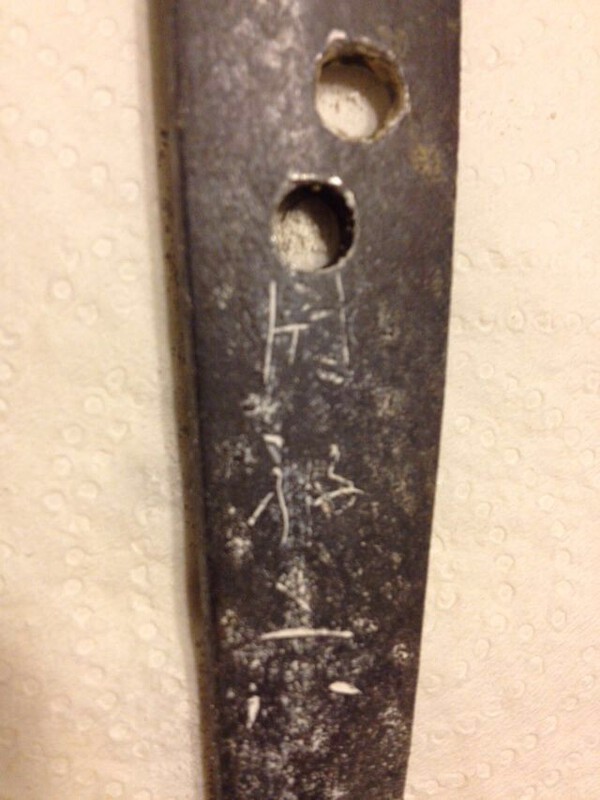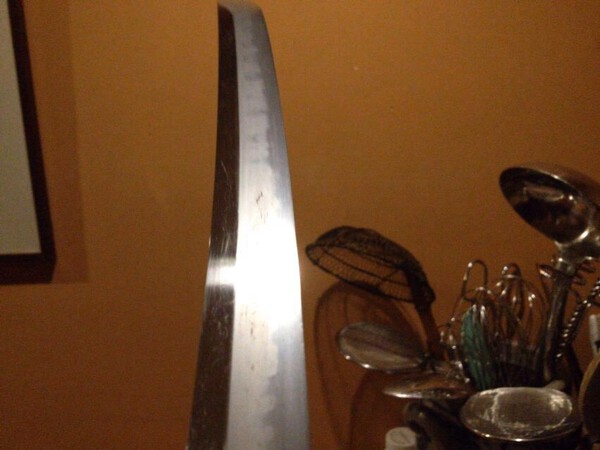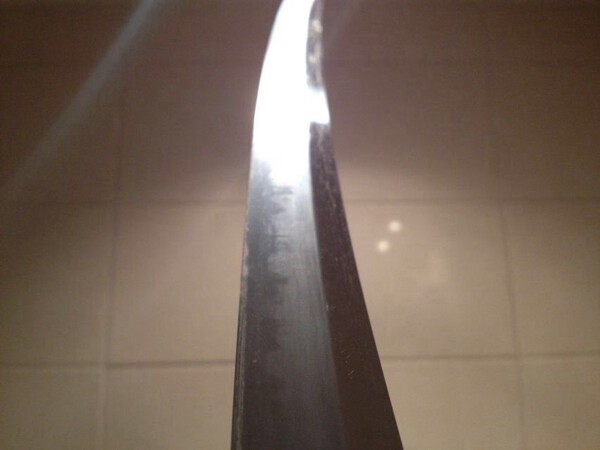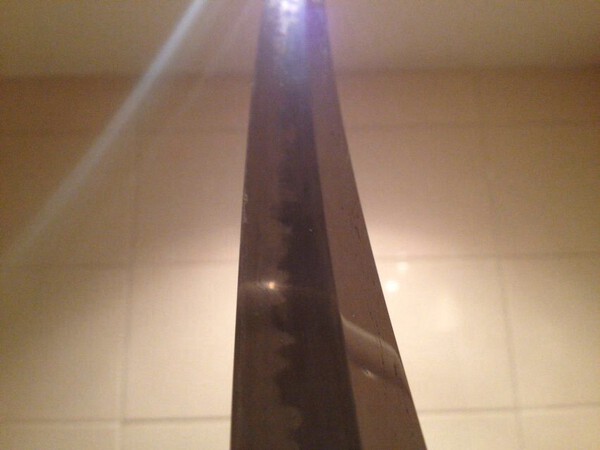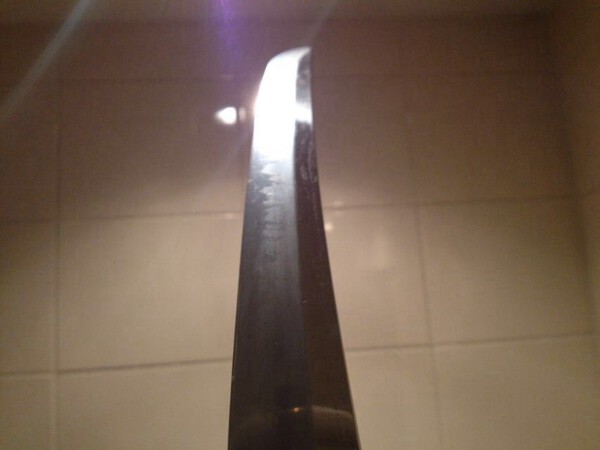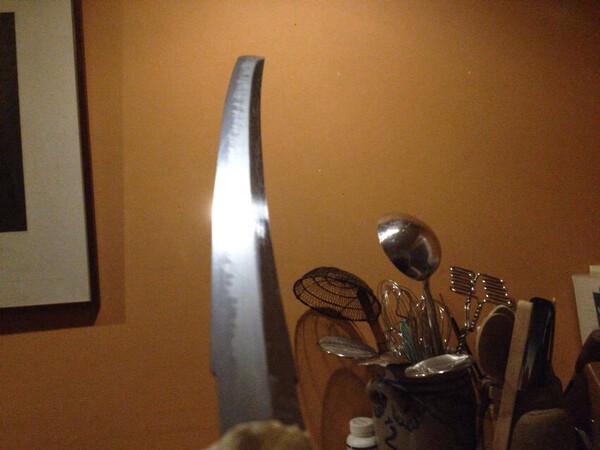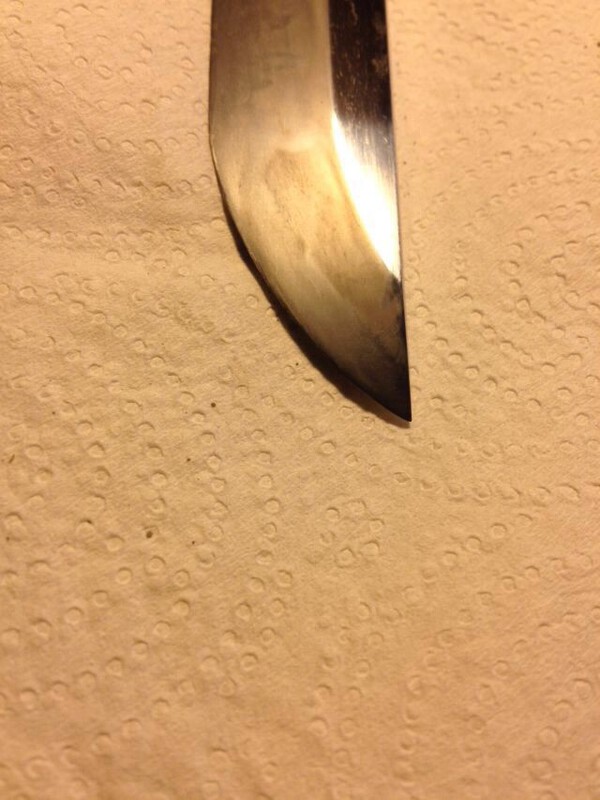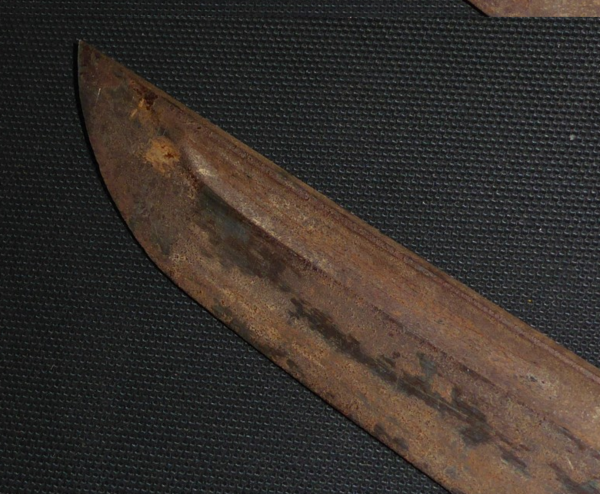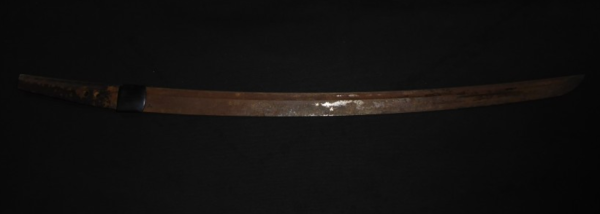Search the Community
Showing results for tags 'polishing'.
-
This was just posted by Andrew Ickeringill ( @Andrew Ickeringill ) on Facebook, and I thought it was worth posting here, and pinning for the future. Andrew is a FULLY trained traditional polisher and one of the most qualified to make these statements. Before bringing up the subject on this forum,...
-
Hello everyone! I have some questions regarding taking care of my Type 95. Is it okay to oil them with gun oil to prevent rust? (if yes, just the blade? Or other parts?) What type of container should I store it in? Do any of you keep them in display cases or anything like that?...
-
Recently at the advice of a friend with shared interest in the preservation of nihonto, I’ve tried and now implemented the use of 99% isopropyl alcohol in my sword care regimen. I’ve used it, rather than uchiko or anything so abrasive, to remove old oil at the start of a cleaning or before...
- 25 replies
-
- 4
-

-
Hi there, Ive got a fairly low quality Wakizashi that until recently had a pretty good shine, I probably should have oiled it, but now all of a sudden one side has gone fairly rusty. The sword is not worth enough to get a proper polish, is there any other way, or a guide to remove this surfac...
- 3 replies
-
- 1
-

-
- wakizashi
- restoration
-
(and 1 more)
Tagged with:
-
I have these weird circular spots appearing on my blade. they are only visible if the blade is bone dry. when i apply oil, they are invisible. originally i thought those are spots with dried oil, but nothing i did could remove them, now im a bit worried. what could these spots be? they app...
-
Hello all, for my second post on NMB I’ll post my first sword, with a story and a question. A few years ago at an estate sale I stumbled upon a katana in very messed up gunto koshirae leaning against the wall of a shed. It was basically just the wood of the tsuka, two seppa and the metal saya....
- 13 replies
-
- 1
-

-
- katana
- shin-shinto
-
(and 1 more)
Tagged with:
-
A question for the group. Pardon my ignorance, but what do you normally do with a kogatana in terms of polish and restoration? I most often see kogatana for sale in a fairly distressed condition with quite a lot of age and staining on the blade. I have a kogatana in a kozuka that I boug...
-
My Nisei dad and mom received this gift from her father when they were married in Japan after WW2. My grandfather was sensei and had his own kendo dojo. We lived in Japan for 2 years in the early 1960’s when my dad was stationed in Korea with the 25th infantry division. I was in junior high school a...
-
A Gift to Hachiman・or how NOT to conserve a sword “TSURUGAOKA HACHIMANGU ; Famous temple located at Kamakura, dedicated to the god of war-in 1103 Minamoto Yoriyoshi had erected a temple on Yui-ga-Hama, dedicated to Hachiman, the titular god of his family. Yoritomo transported it (1193) t...
- 7 replies
-
- 6
-

-

-
- katana
- restoration
-
(and 1 more)
Tagged with:
-
Hi everyone! I've just joined recently but I've been lurking about for about a month and have a few questions about polishing that I'd like to get others' points of view on. Feel free to add to/correct anything I have here, I've been admiring nihonto from afar for a long time now but only recently s...
-
Hey everyone, Its been bright and sunny today, so I decided to go out and try my hand at photographing a new blade of mine with the limited camera and skills I have. I was able to capture its hamon very faintly, but of course the picture quality is low. However, I think I got enough to maybe see...
-
I know a polish can be ruined from frequent drawing and sheathing, but does it ever fade out by itself? Thanks, James J
-
Greetings, Pictured are two Nihonto. As you can see, the polish on the mune at the kissaki has a "dull" or frosted finish that runs about 5 1/2 cm on the mune from the tip of the kissaki towards the mune-machi. What, if any, purpose does this have? The only thing I've heard is that this type...
-
I bought a blade with habaki, so I need to make everything else myself. Koshirae: I decided to make aikuchi with buffalo horn fittings with flower motif
-
saved blade... sashikomi finishing. Blade was very rusty. I started my work with kongo-do Then I used next step stones after uchigumori-do I used hazuya and jizuya Send Your feedback, please.
- 1 reply
-
- restoration
- polishing
-
(and 1 more)
Tagged with:
-
Hello, I have two blades which would need a polish. But from commercial point of view, it makes no sense to ship to Japan. Therefore I want to ask you if somebody has ever dealt with Martin Hornak from Slovakia (http://www.nihontotogishi.com/). I found him on FB. Of course I am in contact with him...
-
A couple weeks ago i received my first blade,a meiji mumei bare tanto in deplorable conditions with a lot of active rust.First i made a shirasaya(very weird looking )Then ,after some cleaning i managed to remove the red rust and 'partially' make it shine.The problem is that it has some big black st...
-
Hello everybody i am from Holland and hoped that somebody could give me some info about a short antique wakizashi? I like to get some info if it is possible about who made the sword? And when is it made? And what kind of crazywild hamon is this? A while ago i bought an old short wakizashi with a...
- 17 replies
-
- koto
- translation
-
(and 2 more)
Tagged with:
-
Hi,lets say i have a blade in very bad shape,extremely rusted,so my question is:would it be better to leave it like that,or take out the rust by force? I don't care about looks,i could always take it to a polisher someday,but i want to get rid of rust to prevent it from spreading,what do you recomme...
-
Hello members of the Nihonto Message Board. I've been looking at the following sword, for sale on ebay: http://www.ebay.com/itm/291374956517?_trksid=p2060778.m1438.l2649&ssPageName=STRK%3AMEBIDX%3AIT As I see it, the pros are that it is a signed (suriage) koto blade from a known maker of th...






.thumb.jpg.4e89e37cc492793f18c75e4d49f4b453.jpg)
.thumb.jpg.979416a3bbcd93a36c357ae60538492f.jpg)
